Kingdom Plantae Scientific name Sapindaceae Rank Family | ||
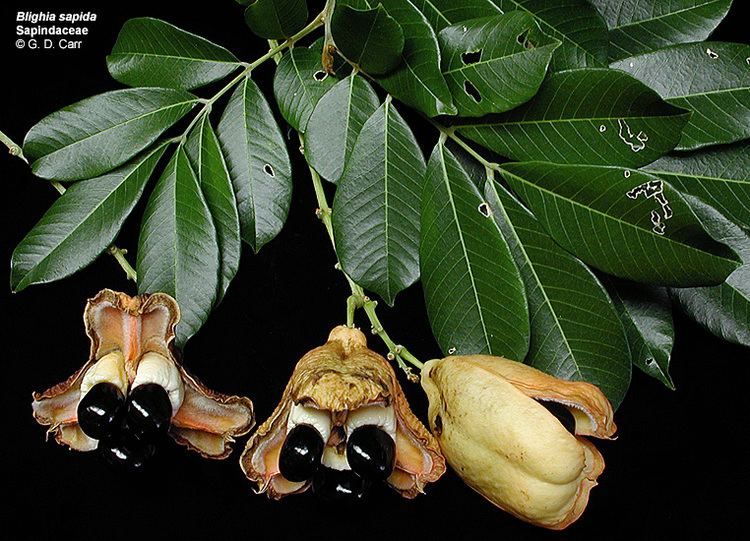 | ||
Lower classifications Maple, Soapberries, Longan, Rambutan, Koelreuteria paniculata | ||
Fruits of the sapindaceae family
The Sapindaceae are a family, known as the soapberry family, of flowering plants in the order Sapindales. The roughly 140–150 genera contain 1400–2000 species, including maple, ackee, horse chestnut, and lychee.
Contents
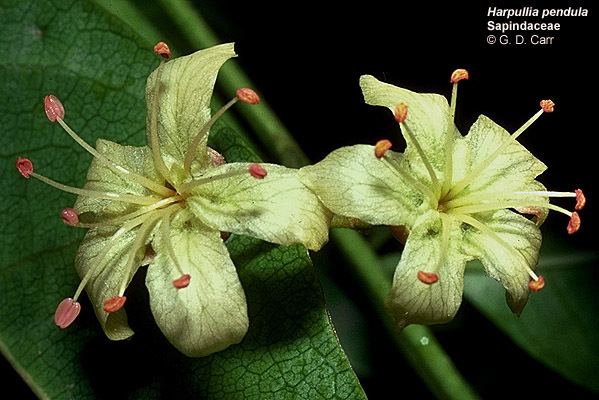
The Sapindaceae occur in temperate to tropical regions, many in laurel forest habitat, throughout the world. Many are laticiferous, i.e. they contain latex, a milky sap, and many contain mildly toxic saponins with soap-like qualities in either the foliage and/or the seeds, or roots. The largest genera are Serjania, Paullinia, Acer and Allophylus.

The largely temperate genera formerly separated in the families Aceraceae (Acer, Dipteronia) and Hippocastanaceae (Aesculus, Billia, Handeliodendron) were included within a more broadly circumscribed Sapindaceae by the APG. Recent research has confirmed the inclusion of these genera in Sapindaceae.
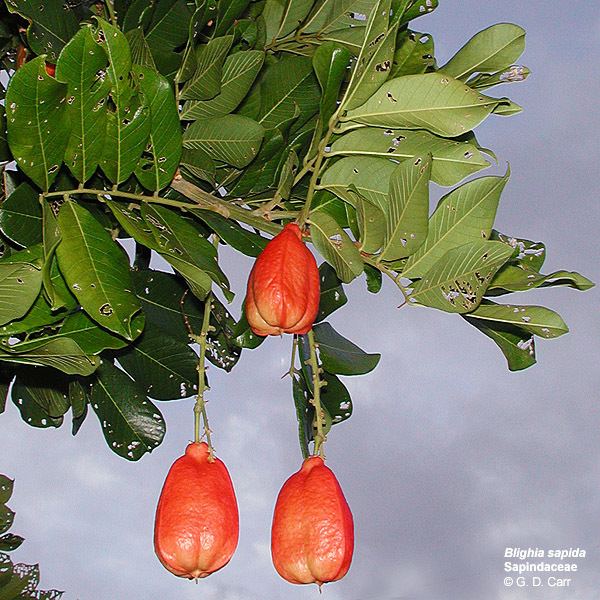
Sapindaceae
Characteristics
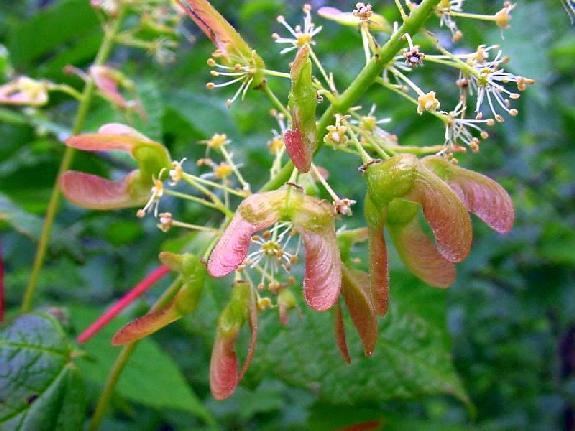
Plants of this family have a variety of habits, from trees to herbaceous plants or lianas. Their leaves usually spirally alternate, sometimes (in Acer, Aesculus, and a few other genera) opposite. They are most often pinnately compound, sometimes palmately compound as in Aesculus, or just palmate as in Acer. The petiole has a swollen base and lacks stipules. Some genera and species have laurel forest foliage due to convergent evolution.
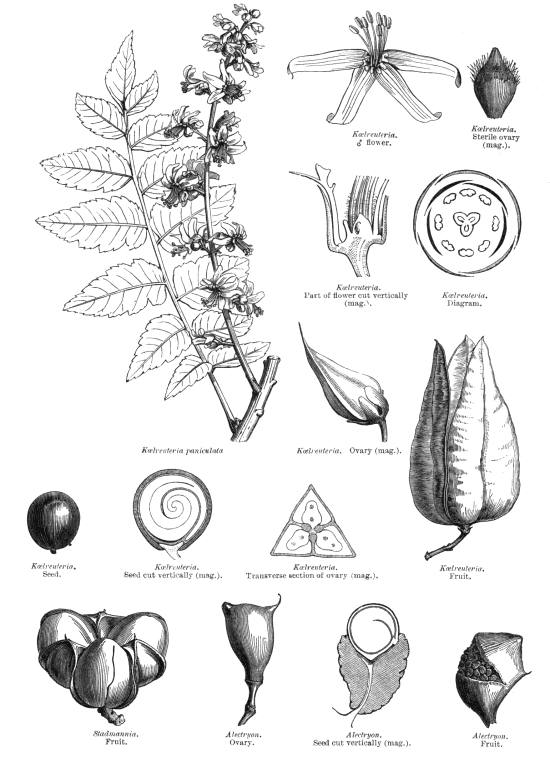
Flowers are small and unisexual, or functionally unisexual, though plants may be either dioecious or monoecious. They are usually grouped in cymes grouped in panicles. They most often have four or five petals and sepals (petals are absent in Dodonaea). The stamens range from four to ten, usually on a nectar disc between the petals and stamen, their filaments are often hairy. The most frequent number is eight, in two rings of four. The gynoecium contains two or three carpels, sometimes up to six. There is usually only one style with a lobed stigma. Most often pollinated by birds or insects, with a few species pollinated by wind.
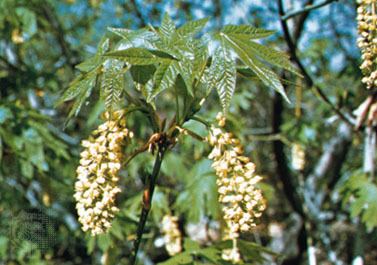
The fruits are fleshy or dry. They may be nuts, berries, drupes, schizocarps, capsules (Bridgesia), or samaras (Acer). The embryos are bent or coiled, without endosperm in the seed, but frequently with an aril.
Classification
Sapindaceae are related to Rutaceae, and both are usually placed in an order Sapindales or Rutales, depending on whether they are kept separate and which name is used for the order. The most basal member appears to be Xanthoceras. Some authors maintain some or all of Hippocastanaceae and Aceraceae, although this may result in paraphyly. The former Ptaeroxylaceae, now placed in Rutaceae, were sometimes placed in Sapindaceae. The family is divided into 4 subfamilies.
List of Sapindaceae genera
Notable species
Sapindaceae includes many species of economically valuable tropical fruit, including the lychee, longan, pitomba, guinip/mamoncillo, korlan, rambutan, pulasan and ackee. Other products include guarana, soapberries and maple syrup.
Some species of Maple and Buckeye are valued for their wood, while several other genera, such as Koelreuteria, Cardiospermum and Ungnadia, are popular ornamentals. Schleichera trijuga is the source of Indian macassar oil. Saponins extracted from the drupe of Sapindus species are effective surfactants and are used commercially in cosmetics and detergents.
